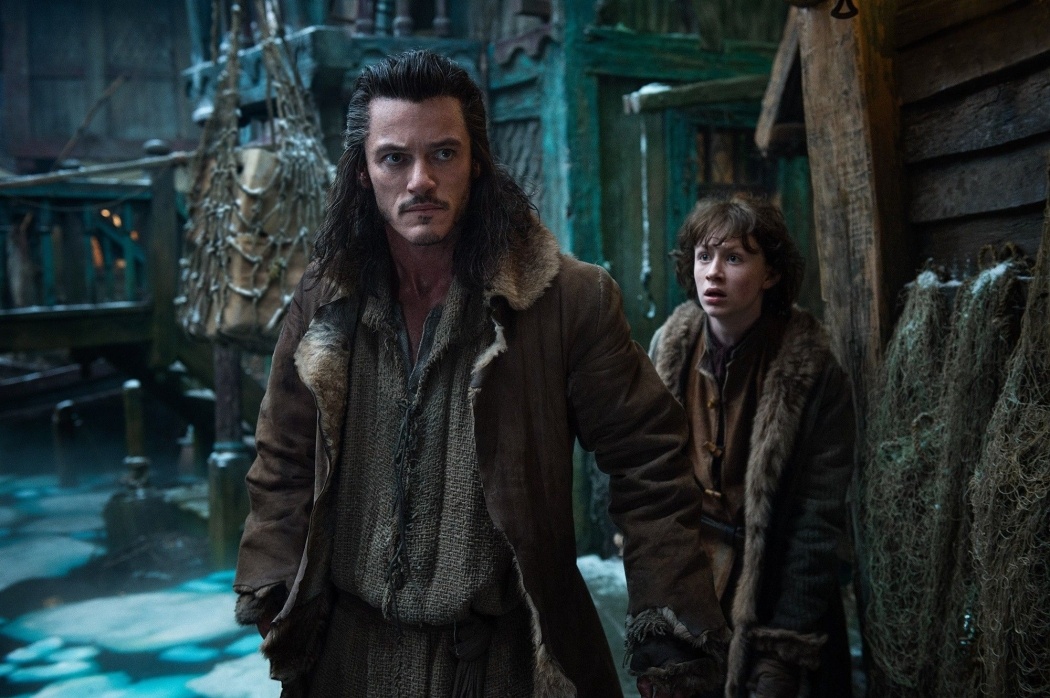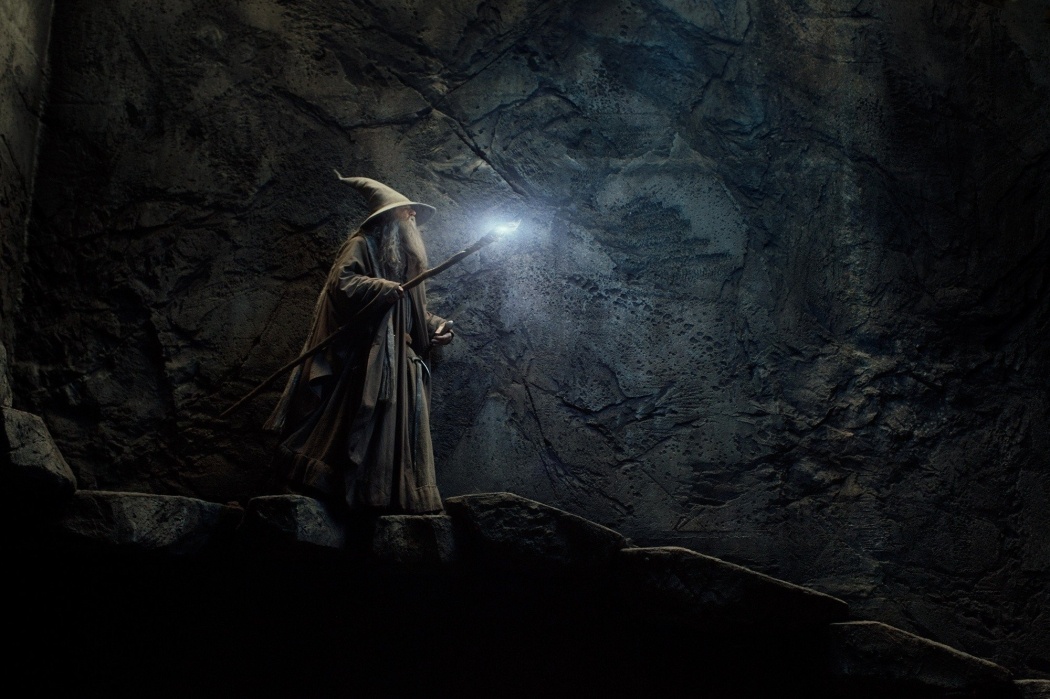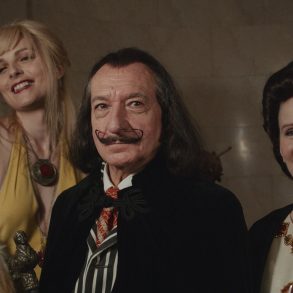Director: Peter Jackson
Writers: Fran Walsh, Philippa Boyens, Peter Jackson, Guillermo del Toro (screenplay), J.R.R. Tolkien (novel)
Actors: Martin Freeman, Ian McKellen, Richard Armitage, James Nesbitt, Benedict Cumberbatch
Runtime: 161 min
Rating: PG
Purists can be hard to please. While Peter Jackson’s Hobbit franchise may come with a built in Middle Earth fan base, many of these devotees seek to view their beloved story unaltered on the screen. With the second instalment in the Hobbit trilogy, The Desolation of Smaug, Jackson crafts a tale that goes far beyond the scope of the thin novel on which it was based, drawing upon other Tolkien works as well as his own imagination. Heightening the stakes of his story results in a darker and weightier tale, however, which true Tolkien fans should be able to appreciate instead of lament.

After successfully completing the first portion of their expedition in The Hobbit: An Unexpected Journey, Thorin Oakenshield (Richard Armitage) and his band of dwarves, plus one hobbit, continue on their quest to reclaim their homeland and slay the dragon hoarding their lost treasure. On the way, they face a skinchanger, giant spiders, hostile wood elves, bumbling humans, and, of course, the terrifying dragon Smaug (voiced by Benedict Cumberbatch) himself. These adventures allow the spirited hobbit of the title, Bilbo Baggins (Martin Freeman), the opportunity to show his growing strength, intelligence, and courage, as he often rescues the dwarves and becomes a formidable member of the company in his own right. Although their mentor, the wizard Gandalf (Sir Ian McKellen), has left the group, he is busy doing battle of his own against a foe far more dangerous than any the dwarves can even imagine.

Once again, an audience is greeted with the gorgeously shot sweeping landscapes of New Zealand and the recognizable strains of Howard Shore’s soundtrack. Shore’s music is at once new and familiar, as he presents unique pieces while still integrating themes from both the previous Hobbit film and the Lord of the Rings trilogy itself. The various sound motifs, such as the ominous notes that millions now associate with the Ring, help to hold the franchises together but are also effective for this film in their own right. The film is full of visual references to its predecessor as well, such as the distinctive washed-out filming technique used when an individual wears the Ring, or the terrifying eye of Sauron, and allusions are made in dialogue that only a fan would understand. One unfamiliar with the world of Middle Earth could certainly enjoy these films; however, Jackson makes it clear that he is aiming to please fellow Tolkien admirers, allowing us to feel as if we have returned to a familiar filmic universe.

The additions made to the film that deviate from the novel have upset some, yet I believe that they work to add depth to what would otherwise be a scant children’s treasure tale. Jackson has drawn upon Tolkien’s story “The Quest of Erebor,” published in his Unfinished Tales, to explain that which Gandalf gets up to when he seemingly abandons the dwarf expedition. Not only does this addition allow the audience the pleasure of watching the stellar Sir Ian McKellen in action, but it also gestures to a story that is far bigger than the simple dwarf tale, widening the scope and heightening the stakes of their quest. Although Orlando Bloom’s familiar elf Legolas does not appear in the novel, he certainly would have been present in the story had he been invented at the time of the novel’s writing, so his appearances here are natural and his character welcome. Jackson also chooses to add a wholly invented female warrior and romantic subplot unfound in Tolkien, but remaining in his spirit. Although these elements may be unnecessary, they certainly do nothing to hinder the story or the film itself.

Mention must be made of the stellar visuals presented in this film. The 3D is fun, immersive, and realistic; I was struck by a scene in which I could almost feel the falling rain on my own skin, and a barrel ride down a raging river was one chair tilt away from a theme park simulator. The sound, as well, worked to place the audience right into the non-stop action, as every creak of a spider joint was heard in terrifying clarity. With a cast as talented as this one, it is difficult to choose stand out performances. All of the eager dwarves are likeable, while Bilbo is easy to root for as he begins to come into his own, and Cumberbatch’s seductively voiced dragon, combined with the visual presentation, result in a truly frightening and formidable foe in Smaug.

A film should not be expected to present an exact replication of a novel. Instead, it can be possible to appreciate new elements if they add to the worth of the new work. By adding to the simple story presented in Tolkien’s Hobbit novel, director Peter Jackson darkens his tale and gestures to a scope far beyond that which the adventurous dwarves can even fathom. The film is by turns fun and serious, but always visually and auditorily spectacular. Fans of Middle Earth will have a lot to say about this new film; I simply felt as though I was returning to a much beloved and long missed universe, and cannot wait to see what is presented next.
The Breakdown
-
Direction - 8/108/10
-
Performances - 8/108/10
-
Screenplay - 8/108/10
-
Cinematography - 9/109/10
-
Music/Sound - 10/1010/10








Wonderful writing and review of this film, Talia. It was a pleasure meeting you and your mom yesterday while setting up your couch and I look forward to reading many more reviews!
Best, John